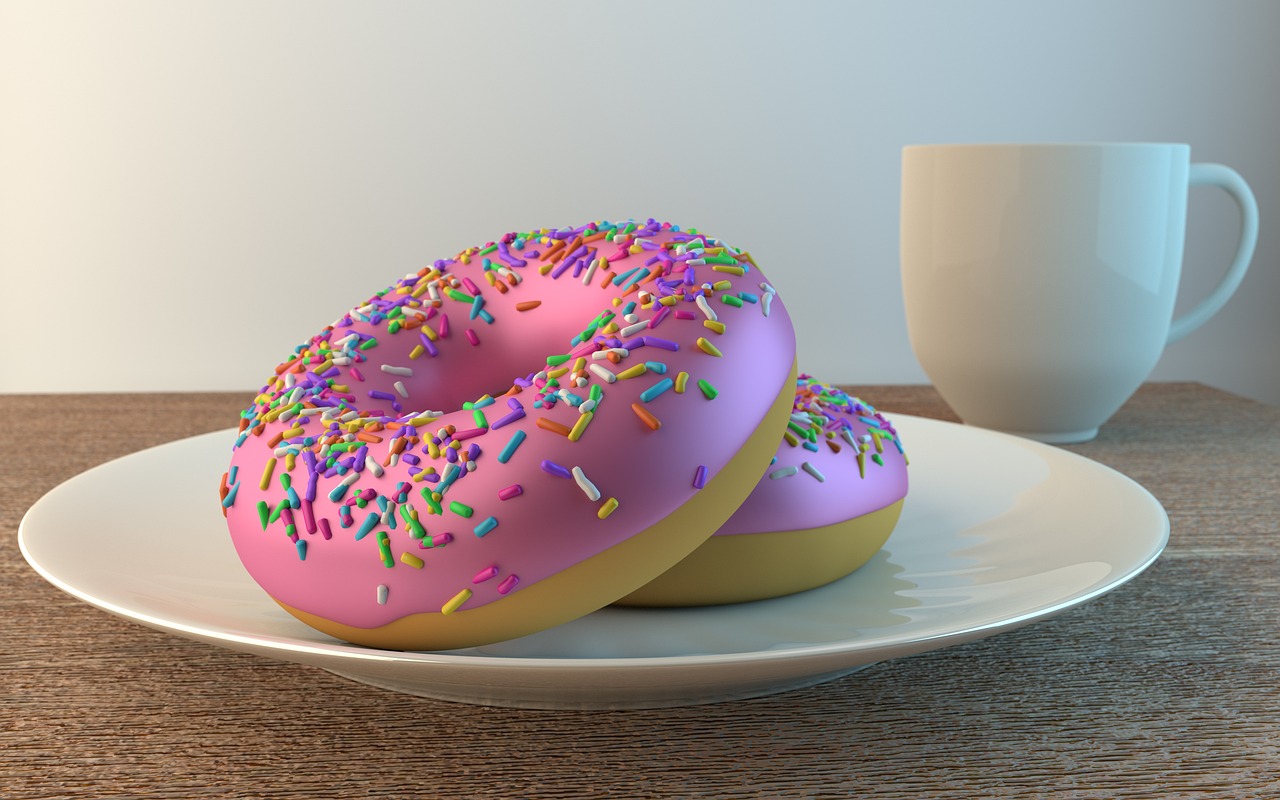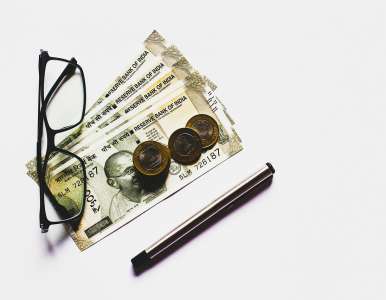Are you looking for a way to brew coffee using a traditional pot? Look no further! In this article, we have got you covered with a step-by-step guide to brewing coffee using a traditional pot. Whether you are a coffee enthusiast or just looking to elevate your coffee game, the traditional pot method is a great place to start.
To make the perfect cup of coffee using a traditional pot, the first step is to choose the right coffee beans. The quality and flavor of your coffee depend on the type of coffee beans you choose. In addition, you need to grind the coffee beans to the perfect size for your brewing method and measure the water and coffee grounds properly to achieve the perfect balance of flavor.
Our article guides you through the entire process, from selecting the right coffee beans to storing them correctly. We even provide answers to frequently asked questions about this brewing method. With our tips, you can create a refreshing cup of coffee that will impress your friends and family.
Why Use a Traditional Pot for Brewing Coffee?
Brewing coffee using a traditional pot has been around for centuries and is still popular among coffee enthusiasts all over the world. The main reason for this is the unique and authentic flavor it brings to the coffee. Unlike modern coffee makers, traditional pots allow the coffee to steep slowly, resulting in a rich and flavorful cup that is hard to match.
Another benefit of using a traditional pot is its versatility. It can be used to brew small or large batches of coffee, making it an ideal option for entertaining guests or a solo coffee drinker. Additionally, traditional pots are easy to use and require no electricity, making them a great option for camping or traveling.
By using a traditional pot for brewing coffee, you are not only enjoying a delicious cup of coffee but also connecting with a rich coffee tradition that has stood the test of time.
Choosing the Right Coffee Beans
When it comes to making great coffee, choosing the right coffee beans is crucial. The flavor and aroma of your coffee depend on the type of coffee beans you select. There are two main varieties of coffee beans: Arabica and Robusta. Arabica beans are considered superior in quality and flavor, with a more delicate taste and aroma. On the other hand, Robusta beans are known for their stronger, more bitter taste.
In addition to choosing between Arabica and Robusta beans, you should also consider where the beans were grown. Different regions produce coffee beans with unique flavor profiles, such as Ethiopian beans with fruity undertones or Colombian beans with a nutty and chocolatey flavor. You can experiment with different coffee beans to see which flavor profile you prefer.
When selecting coffee beans for your brewing method, it’s essential to choose the appropriate roast level. Light roast coffee is usually more acidic and has a milder flavor, while dark roast coffee has a strong and bold taste. Medium roast coffee, which is somewhere in between, is known for its balanced flavor. Ultimately, the roast level you choose depends on your personal taste preferences.
- Choose high-quality, fresh coffee beans.
- Consider the variety and origin of coffee beans for unique flavor profiles.
- Select the appropriate roast level for your personal taste.
By following these tips, you can ensure that you choose the best coffee beans for your brewing method and achieve the perfect flavor and aroma in every cup.
Grinding the Coffee Beans
Grinding your coffee beans is an essential step in the brewing process. The grind size you choose can affect the taste and strength of your coffee. Generally, the finer the grind, the stronger the coffee will be.
When grinding your coffee beans, you have different options depending on your brewing method. For a traditional pot, a medium-coarse grind is the best option. This grind size allows the water to extract the coffee’s flavor without making it too strong or bitter.
To achieve the perfect grind size, you need to use a grinder specifically designed for coffee beans. Manual and electric grinders are available, each with their own advantages and disadvantages. Electric grinders offer more speed and convenience, but manual grinders allow you to have more control over the grind size.
When grinding your coffee beans, make sure to grind them just before brewing your coffee. This will help maintain the flavor and aroma of the coffee. Once you have ground your coffee beans, make sure to use them immediately or store them in an airtight container to preserve their freshness.
Measuring Water and Coffee Grounds
A crucial aspect of brewing coffee using a traditional pot is getting the water and coffee ground ratio just right. The optimal ratio is typically 1:16, which means for every 1 gram of coffee, you will need 16 grams of water. To measure the water and coffee grounds accurately, invest in a reliable coffee scale.
Start by measuring the amount of water you will need based on the number of cups you want to brew. As a general rule, one cup of water equals one standard coffee mug (8 fluid ounces). Once you have measured the water, it’s time to measure the coffee grounds. Use 1-2 tablespoons of coffee grounds per cup of water, depending on how strong you like your coffee.
Alternatively, you can use the scoop and level method if you don’t have a coffee scale. Use one scoop of coffee (which typically measures 7 grams) per 6 ounces of water. However, keep in mind that these measurements may not be as accurate as using a coffee scale.
By measuring the water and coffee grounds correctly, you can achieve the perfect balance of strength and flavor in your coffee.
Brewing Process
Once you have everything prepared, it’s time to start brewing your coffee using a traditional pot. Here’s a step-by-step guide to follow:
| Step | Action | Duration |
|---|---|---|
| 1 | Boil water | 3-5 minutes |
| 2 | Add coffee grounds to the pot | – |
| 3 | Pour hot water over the coffee grounds, starting from the center of the pot, and move in a circular motion until all the coffee grounds are wet | – |
| 4 | Let the coffee steep for 4 minutes | 4 minutes |
| 5 | Stir the coffee gently for a few seconds | – |
| 6 | Place the lid on the pot | – |
| 7 | Wait for 5-6 minutes until the coffee is brewed and ready to be served | 5-6 minutes |
Remember to pour the coffee slowly to avoid any floating coffee grounds in your cup. Enjoy your perfectly brewed coffee that you made with your own hands!
Storing Coffee Beans
Proper coffee bean storage is essential for ensuring the freshness and flavor of your coffee. Here are some dos and don’ts of coffee bean storage:
- DO: Store your coffee beans in an airtight container to prevent air from affecting the flavor of the beans.
- DO: Keep your coffee beans away from light, heat, and moisture. Exposure to these elements can cause the beans to deteriorate and lose their flavor.
- DO: Use a container that is opaque or dark-colored, as this will further protect the beans from light.
- DON’T: Store your coffee beans in the fridge or freezer. While this may seem like a good idea for keeping them fresh, the changing temperature can actually cause moisture to condense on the beans.
- DON’T: Store your coffee beans in a glass container, as this can allow too much light to reach the beans and affect their flavor.
By following these simple storage guidelines, you can help maintain the freshness and flavor of your coffee beans for a longer period. Remember, the key to a great cup of coffee starts with high-quality beans and proper storage techniques!
Frequently Asked Questions (FAQs)
Choosing the right coffee beans is crucial for a great cup of coffee. When selecting coffee beans, you should consider several factors. Always make sure that the coffee beans are freshly roasted and of high quality. Check the roast date on the packaging to make sure it’s within two weeks of purchase. If you prefer a light or medium roast coffee, choose coffee beans that match your taste preferences. You can also experiment with different blends and single-origin coffees to find the ones that suit your palate the best.
The grind size you use for your traditional pot depends on the type of coffee pot you have. If using a French press, a coarse grind is appropriate. If using a drip coffee maker with a paper filter, use a medium grind. If you are unsure what grind size to use, test different sizes until you find the one that gives you the taste and strength you prefer.
For a cup of coffee, one to two tablespoons of coffee grounds per six ounces of water is a general guideline. However, this can vary depending on your personal taste. Experiment with the amount of coffee grounds until you achieve the desired taste and strength of your coffee.
Proper storage of coffee beans is important to ensure their freshness and flavor. Store coffee beans away from light, heat, and moisture. The best way to store coffee beans is in an airtight container at room temperature. Avoid putting coffee beans in the refrigerator as they can absorb strong odors from other foods.
2. What grind size should I use for my traditional pot?
If you want to make a perfect cup of coffee using a traditional pot, choosing the right grind size is crucial. The grind size can affect the strength and taste of your coffee. Therefore, it is essential to know what grind size to use for your traditional pot.
The grind size you should use depends on the type of traditional pot you are using. Generally, a medium-coarse grind is the best option for a traditional pot. It allows the water to flow through the ground coffee at an ideal rate, giving it enough time to extract the flavors and aromas.
If you use a too-fine grind for your traditional pot, it can result in a bitter and over-extracted coffee. On the other hand, a too-coarse grind can produce a weak and under-extracted coffee. Therefore, it is essential to choose the right grind size to achieve the perfect balance of flavor and strength.
To avoid any confusion, you can refer to the grind size chart provided by your coffee grinder or coffee supplier. The chart can help you determine the ideal grind size for your traditional pot, ensuring that you enjoy a delicious cup of coffee every time.
3. How many coffee grounds should I use per cup?
If you’re a coffee lover, you know that the right amount of coffee grounds can make all the difference in taste and strength. The amount of coffee grounds you need depends on your personal preference for coffee taste and strength. A general rule of thumb is to use between 1-2 tablespoons of coffee grounds per cup of water. However, this can vary based on the type of coffee beans you’re using, your brewing method, and the size of your cup.
When measuring your coffee grounds, make sure to use a scale or measuring spoon for accuracy. One tablespoon of coffee grounds equals about 6 grams. If you’re new to brewing coffee, start with one tablespoon per cup and adjust based on your taste preferences. Remember, using too many coffee grounds can result in a bitter taste, while using too few can result in a weak and insipid coffee flavor.
4. How do I store my coffee beans?
Storing coffee beans properly is crucial to maintain their freshness and flavor. Coffee beans tend to lose their flavor and aroma when they come in contact with light, air, heat, and moisture. Therefore, it is essential to store coffee beans in airtight containers, away from these elements.
When storing coffee beans, choose a container that has a tight seal and is opaque or tinted. Exposure to light can cause the beans to go stale over time. Glass containers should be avoided because they allow light to penetrate through. Instead, opt for ceramic or stainless steel containers that are airtight and keep moisture and air out.
It is also important to store your coffee beans at room temperature. Avoid storing coffee beans in the freezer or refrigerator as this can cause moisture to form on the beans and affect their flavor. Additionally, never store coffee beans in a humid area, such as a kitchen cabinet above the stove or near a sink.
By following these simple and effective tips, you can store your coffee beans and enjoy their rich flavor and aroma for a long time.
The quality and flavor of your coffee depend heavily on the coffee beans you choose. There are different types of coffee beans available in the market, each with its flavor profile. Here are some primary types of coffee beans:
- Arabica: Known for its sweet, fruity taste, Arabica beans are widely used and commonly considered the best-quality beans.
- Robusta: This type of bean has a stronger, earthy taste and is higher in caffeine content than Arabica beans.
- Liberica: Grown mostly in Southeast Asia, Liberica beans have a unique taste and aroma but are less available in the global market.
When selecting coffee beans, consider your taste preferences. Always look for beans that are freshly roasted and avoid pre-ground coffee as it can lose its flavor quickly. Buy whole beans and grind them right before making coffee for the best taste experience.
Conclusion
Conclusion: Now that you know how to make coffee using a traditional pot, it’s time to experiment with different coffee beans and grind sizes to find your perfect cup of coffee. Remember to always select high-quality beans and store them properly to maintain their freshness and flavor. Don’t forget to measure your coffee grounds and water properly to achieve the perfect balance and flavor. By following these simple steps, you can elevate your coffee game and impress your family and friends with a refreshing cup of coffee. With these tips, you can savor the perfect cup of coffee every time. So, put your new brewing skills to the test and enjoy a delicious cup of coffee!






